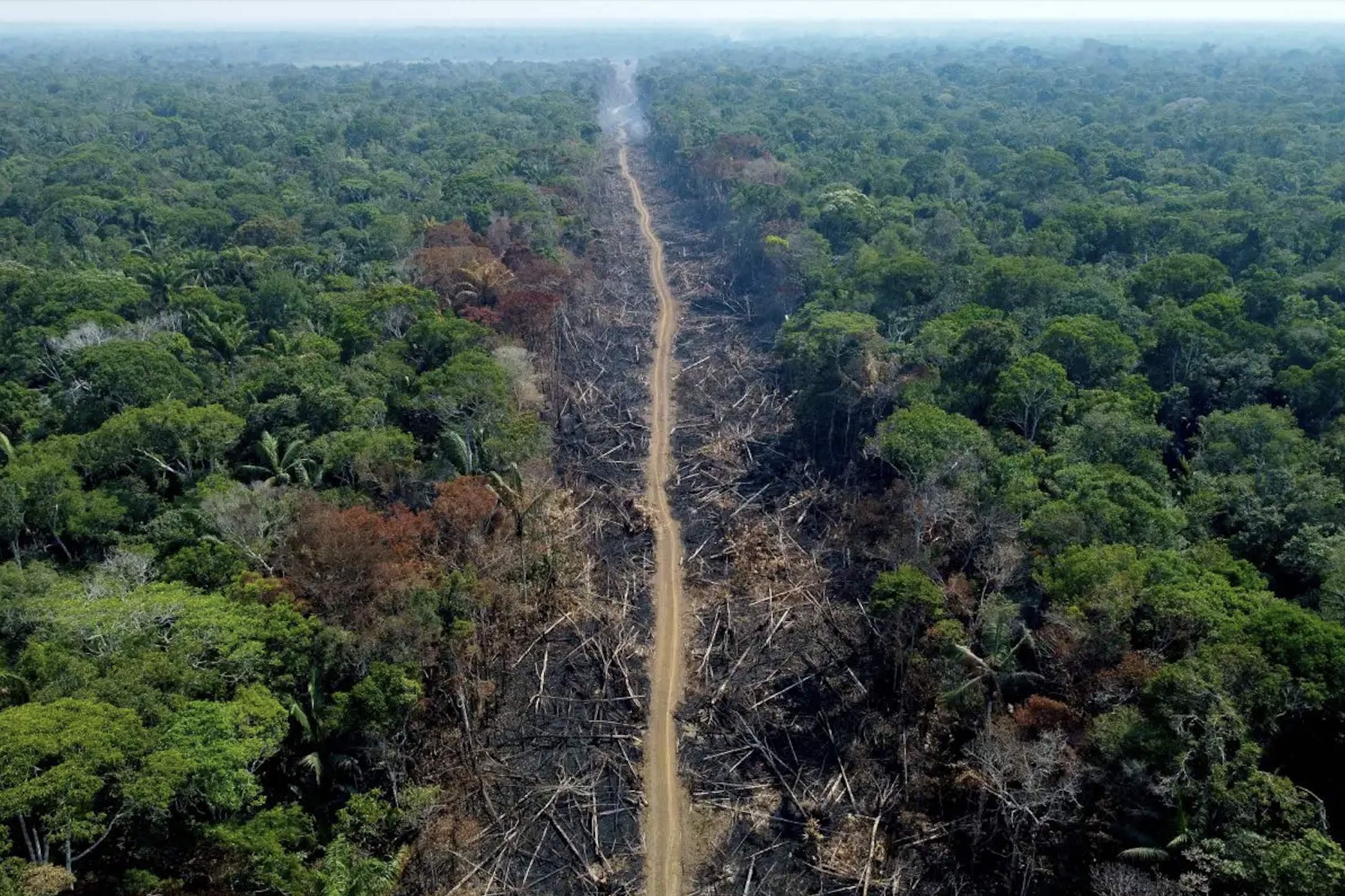The Precarious Balance: How Biodiversity Loss Imperils the Medicines of Tomorrow
07/20/2022
In the tapestry of nature’s intricate web, lies a treasure trove of potential cures and treatments for humanity’s most formidable diseases. From the ancient wisdom of traditional remedies to the cutting-edge discoveries of modern science, the natural world has long been a wellspring of medicinal marvels. Yet, beneath the surface of this vast pharmacopeia, a silent crisis looms—one that threatens to unravel the very fabric of our future healthcare landscape: biodiversity loss.

For centuries, civilizations around the globe have turned to nature for healing. The bark of willow trees provided relief from pain and fever, laying the foundation for aspirin. Sweet wormwood, revered in traditional Chinese medicine, unveiled the potent antimalarial compound artemisinin. And from the humble snowdrop flower emerged galantamine, a key weapon in the fight against Alzheimer’s disease. But as human activity continues to wreak havoc on ecosystems, these natural pharmacies are under siege.
Dr. Cassandra Quave, a medical ethnobotanist, warns of the looming crisis: “Just at the time we need them most, we are at risk of losing many important species.” Indeed, the consequences of biodiversity loss extend far beyond ecological imbalance—they strike at the heart of medical innovation. As species vanish at an alarming rate due to pollution, over-harvesting, and habitat destruction, the wellspring of potential medicines dwindles.
Consider the Pacific yew, once a stalwart ally in the battle against cancer. Its bark yielded paclitaxel, a chemotherapy drug that revolutionized cancer treatment. Yet, today, the Pacific yew teeters on the brink of extinction—a casualty of unsustainable harvesting. Similarly, the horseshoe crab, whose blue blood is instrumental in vaccine production, faces population declines due to overexploitation. These are not isolated incidents but symptoms of a broader crisis threatening the diversity of life on Earth.
The urgency of the situation is underscored by the rise of antimicrobial resistance—a global health crisis looming on the horizon. As pathogens evolve to evade existing treatments, the need for new antibiotics becomes increasingly dire. Yet, many of the most promising candidates for future antibiotics lie undiscovered within the intricate ecosystems of our planet. Insects, for example, harbor a wealth of bioactive compounds with potential therapeutic applications, yet their ecological importance remains vastly underestimated.
Ross Piper, an entomologist, emphasizes the untapped potential of insect biodiversity: “We’ve described just over a million species of insects, but there are millions more out there. And even the ones that have a name, for the vast majority, that’s all we know.” Indeed, every species lost to extinction represents a missed opportunity—a potential cure consigned to oblivion.
But amidst the gloom, there are glimmers of hope. Advances in biotechnology and genetic sequencing offer new avenues for exploring nature’s pharmacopeia. By mining the DNA of organisms, scientists can unlock the secrets of their chemical arsenal, paving the way for the synthesis of novel therapeutics. Yeast cell factories, for instance, can now be engineered to produce medicinal compounds previously sourced from endangered plants, reducing the strain on wild populations.
Moreover, conservation efforts and scientific collaboration are essential in preserving biodiversity hotspots and unlocking the full potential of nature’s pharmacy. Initiatives like seed banks and DNA sequencing projects aim to catalog and conserve the genetic diversity of medicinal plants and fungi, safeguarding their invaluable contributions to human health.
Ultimately, the fate of our medicines of the future rests in our hands. As stewards of this planet, we bear a profound responsibility to protect and preserve its biodiversity. For every species lost, we risk not only the loss of potential cures but also the unraveling of the delicate tapestry of life that sustains us all.
In the words of Dr. Melanie-Jayne Howes, lead researcher at Kew Gardens: “If ever there was a time to cultivate our knowledge and tap into the chemical power of plants, this is it.” The challenge before us is daunting, but the stakes could not be higher. In the battle against disease, our greatest ally may lie in the rich biodiversity that surrounds us—if only we have the wisdom to preserve it.
